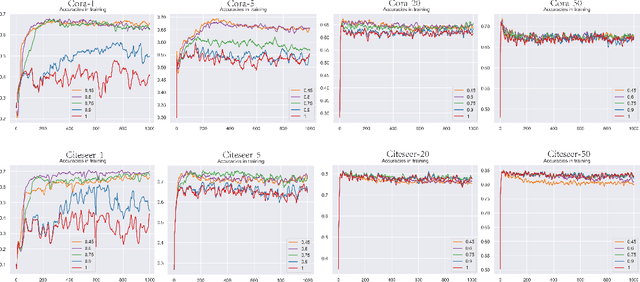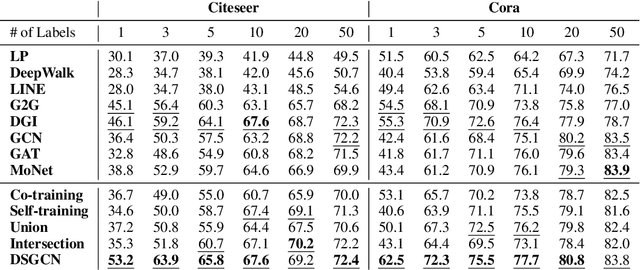Shenzhong Zhang
Exploring the relationship between response time sequence in scale answering process and severity of insomnia: a machine learning approach
Oct 13, 2023



Abstract:Objectives: The study aims to investigate the relationship between insomnia and response time. Additionally, it aims to develop a machine learning model to predict the presence of insomnia in participants using response time data. Methods: A mobile application was designed to administer scale tests and collect response time data from 2729 participants. The relationship between symptom severity and response time was explored, and a machine learning model was developed to predict the presence of insomnia. Results: The result revealed a statistically significant difference (p<.001) in the total response time between participants with or without insomnia symptoms. A correlation was observed between the severity of specific insomnia aspects and response times at the individual questions level. The machine learning model demonstrated a high predictive accuracy of 0.743 in predicting insomnia symptoms based on response time data. Conclusions: These findings highlight the potential utility of response time data to evaluate cognitive and psychological measures, demonstrating the effectiveness of using response time as a diagnostic tool in the assessment of insomnia.
Dynamic Self-training Framework for Graph Convolutional Networks
Oct 07, 2019



Abstract:Graph neural networks (GNN) such as GCN, GAT, MoNet have achieved state-of-the-art results on semi-supervised learning on graphs. However, when the number of labeled nodes is very small, the performances of GNNs downgrade dramatically. Self-training has proved to be effective for resolving this issue, however, the performance of self-trained GCN is still inferior to that of G2G and DGI for many settings. Moreover, additional model complexity make it more difficult to tune the hyper-parameters and do model selection. We argue that the power of self-training is still not fully explored for the node classification task. In this paper, we propose a unified end-to-end self-training framework called \emph{Dynamic Self-traning}, which generalizes and simplifies prior work. A simple instantiation of the framework based on GCN is provided and empirical results show that our framework outperforms all previous methods including GNNs, embedding based method and self-trained GCNs by a noticeable margin. Moreover, compared with standard self-training, hyper-parameter tuning for our framework is easier.
 Add to Chrome
Add to Chrome Add to Firefox
Add to Firefox Add to Edge
Add to Edge